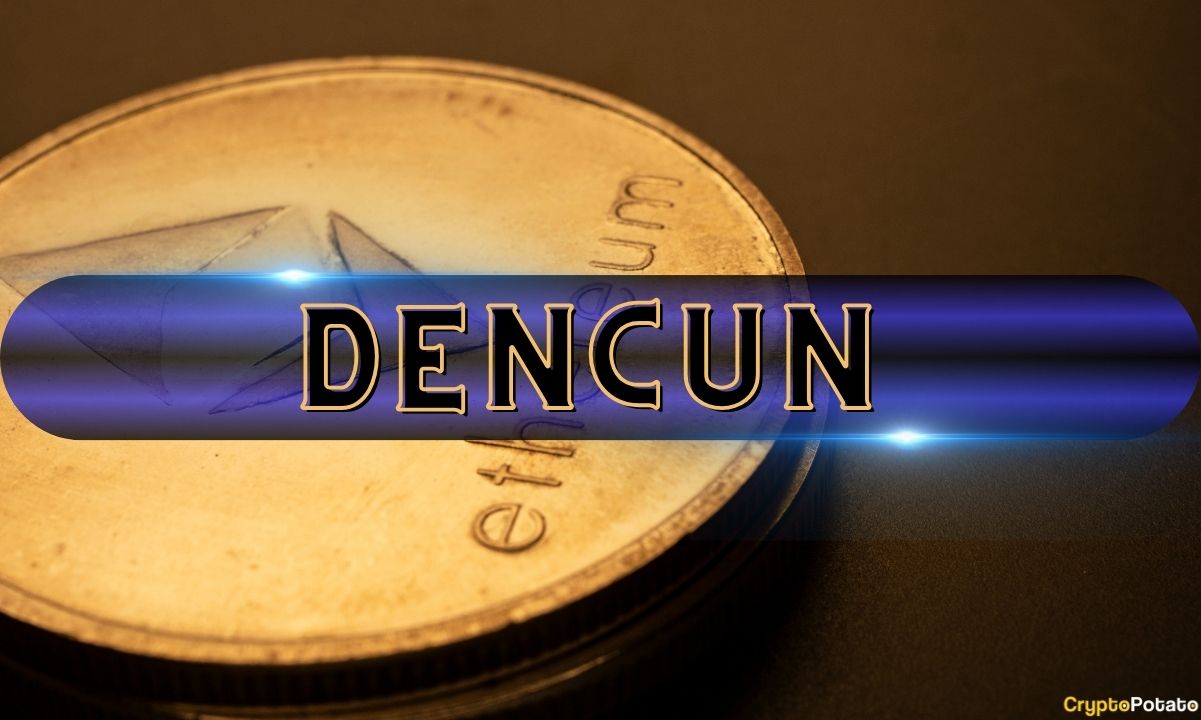
The Dencun upgrade in March 2024 was a significant milestone for Ethereum, but it also brought about unforeseen challenges, particularly for Layer 2 networks.
Christine Kim, a researcher at Galaxy, highlighted that this upgrade inadvertently led to an increase in transaction failures across these networks.
Ethereum’s Layer 2 Networks Face Challenges
Kim’s August 21 analysis, titled “150 Days After Dencun,” revealed that since the fee-reducing upgrade, there has been a notable rise in failed transactions and bot activity on Layer 2 networks.
The report highlighted that after the activation of EIP-4844, Ethereum L2’s daily transactions more than doubled, growing by 6.65 million within 150 days. However, this increase in transaction activity has also been accompanied by a higher rate of failures, which Kim attributes to bot activity driven by the reduced fees.
Most of the transaction failures are linked to highly active addresses, which are likely bots. The low fees on L2s may be encouraging this spike in bot activity. For average users with normal transaction volumes, the failure rates are only slightly higher than they were before the Dencun upgrade.
Research showed that Arbitrum, Base, and OP Mainnet have encountered notable increases in the proportion of failed transactions. Base saw its failure rate climb to 21%, Arbitrum to 15.4%, and OP Mainnet to 10.4% within 150 days following Dencun. On the other hand, the low-activity addresses with five or fewer daily transactions saw a maximum failure rate of 4.02% across all networks.
OP Mainnet’s failure rate for these addresses decreased since March 13, 2024, while Base’s rate has only slightly increased. Interestingly, Arbitrum’s failure rate for low-activity addresses surged by 545% post-Dencun.
The reduction in rollup transaction costs and the rise in failures among high-activity addresses suggest that bot activity is likely driving the increased failure rates on these rollups, as per the researcher.
Solana Faces Similar Woes
Transaction failure rates are not only restricted to Layer 2 networks. In fact, the popular Layer 1 network, Solana, also has a high rate of transaction failure.
In its recent report, Coinbase stated that of all Solana non-vote transaction fees, between 25% and 45% are spent on failed transactions.

